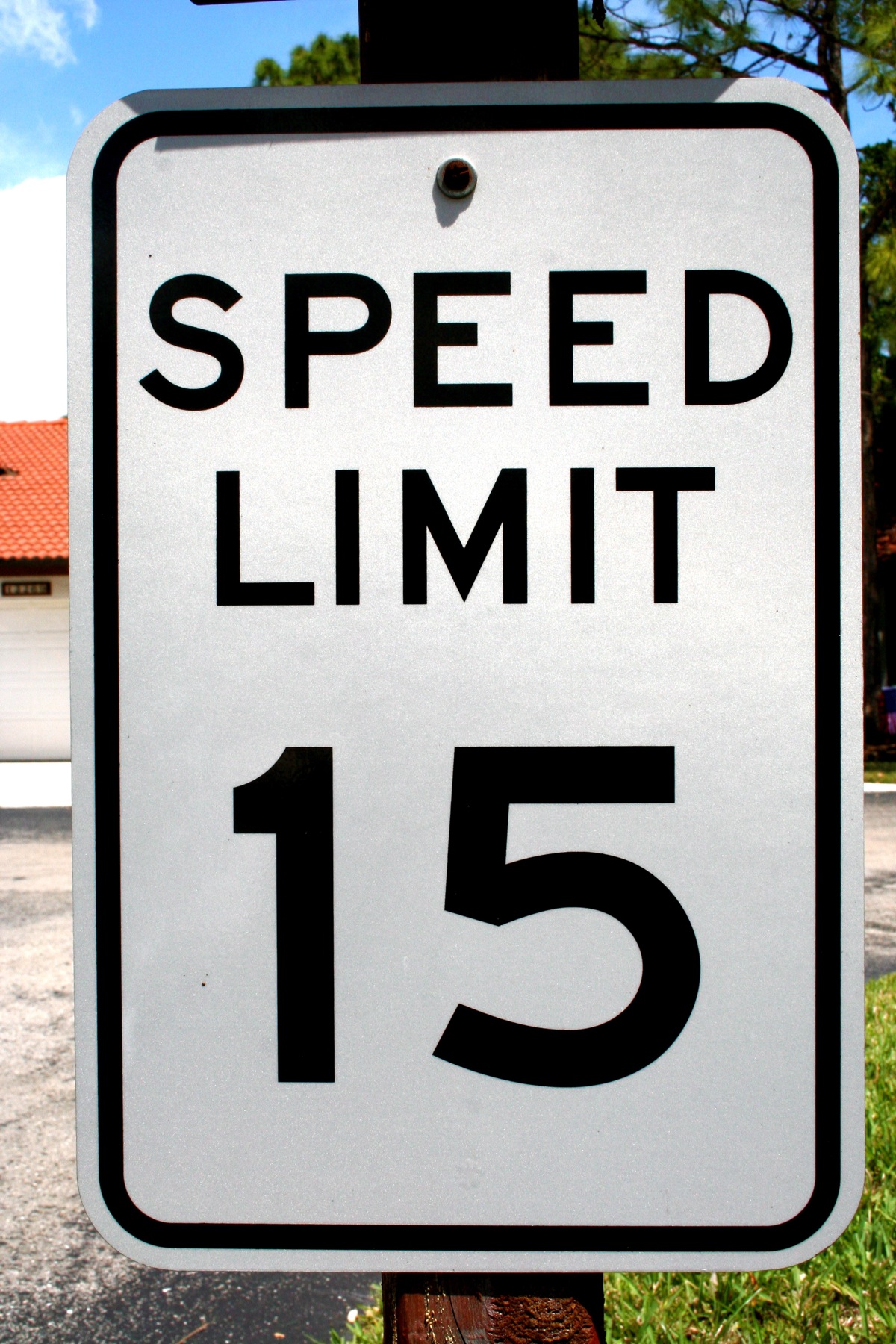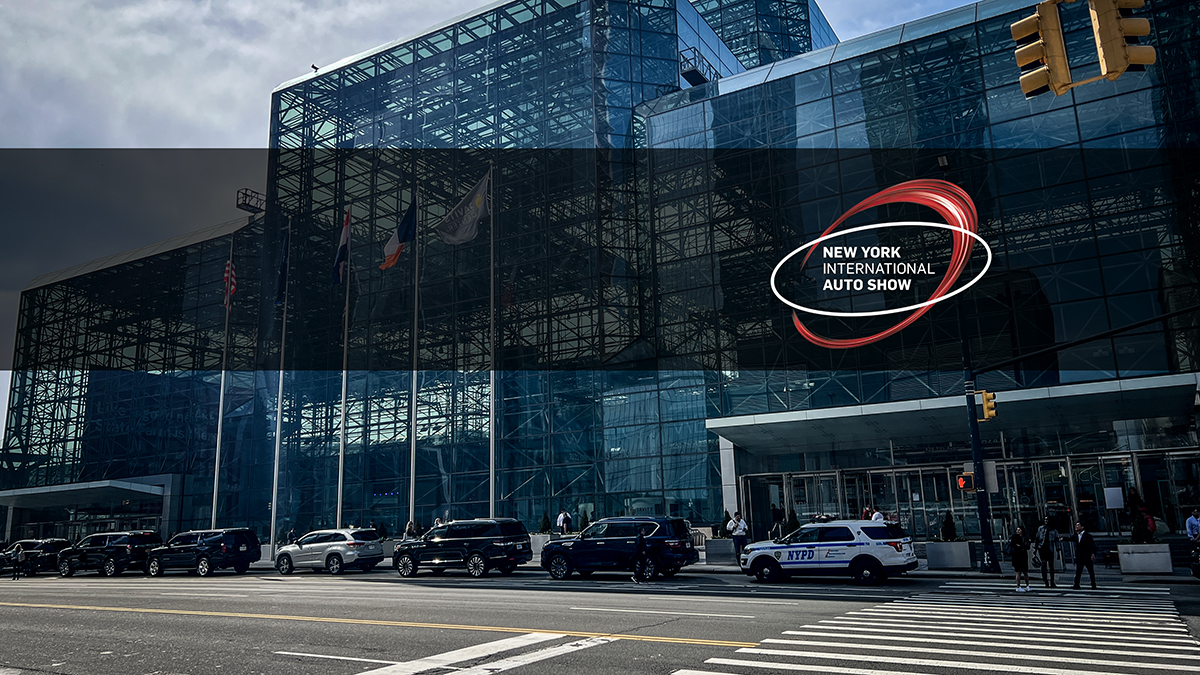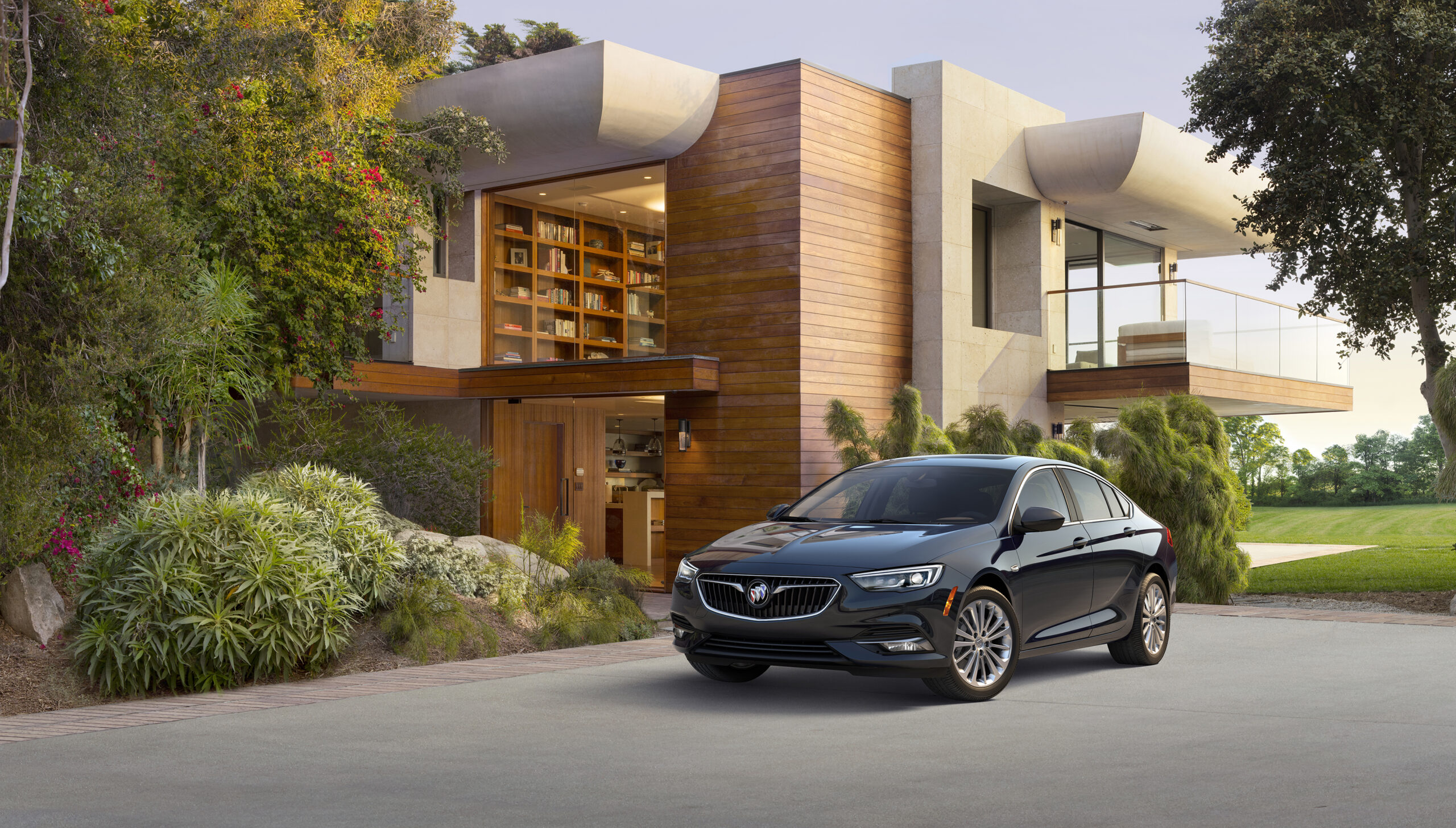Do we really have the need for speed?

If you’re on this site, you probably probably cheered when speed limits started rising in the mid-1990s, making our road trips a little quicker and a lot more enjoyable.
It turns out those higher speeds come with a cost.
A study from the Insurance Institute for Highway Safety suggests that speed limit increases between 1993 and 2013 are likely responsible for more than 33,000 deaths on American highways.
You may remember speed limits were low, and quite consistent between states during the 1970’s and 80’s. While states have always had the power to set their own speed limits, the federal government levied financial penalties on states that set their speed limit over 55mph, so that ended up being the de facto national speed limit.
Somehow not surprisingly, it wasn’t safety concerns that prompted the legislation, but threats of fuel shortages. In 1995, when it was clear the gas crisis was over, Congress lifted the penalties completely, allowing states free reign.
And oh boy did they run with it. Today you can legally drive 80mph in six states, and you can feel free to breeze by a cop doing 85mph in some parts of Texas. That one makes sense to me. I’ve driven through West Texas, and the only thing to be worried about hitting is tumbleweed.
Surprising no one, the increases in speed limits have strongly correlated with an increase in American road deaths.
The study, conducted by IIHS vice president for research and statistical services Charles Farmer, examined the relationship between speed limit increases and fatalities in 41 states.
Farmer found that a 5mph increase in the speed limit will come with a 4 percent increase in fatalities on all roads. When you look at just freeways, 5mph faster means 8 percent more deaths.
Farmer compared the number of deaths to what would have been expected without speed limit changes, and found that an estimated 33,000 people have died due to the increased limits.
“Since 2013, speeds have only become more extreme, and the trend shows no sign of abating,” Farmer notes. “We hope state lawmakers will keep in mind the deadly consequences of higher speeds when they consider raising limits.”
The problem, however, isn’t really higher speed limits. It’s the drivers. Driver training is woefully inadequate in the U.S. so most people don’t take the responsibility of piloting 2-tons of steel, glass, rubber and aluminum down the highway. Texting behind the wheel, drunk driving, and other behaviors are all contributing to the increased rates of fatalities.
So we have a choice. Restrict and enforce speed limits or create better drivers. I know what I’d like to see happen.



